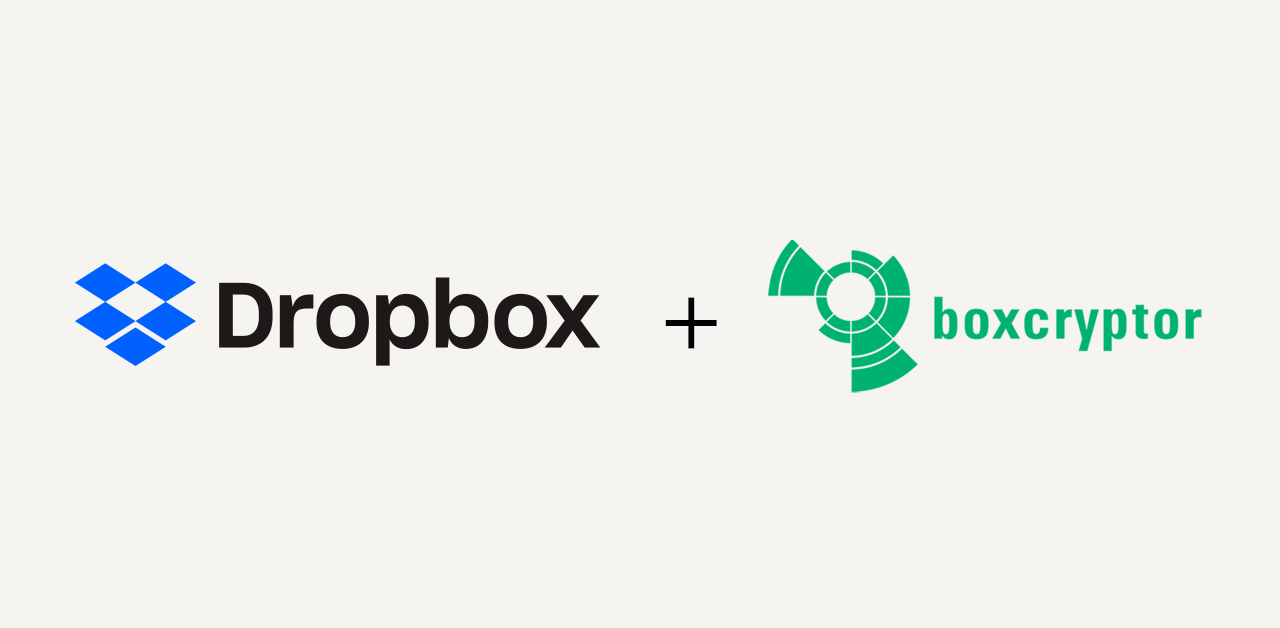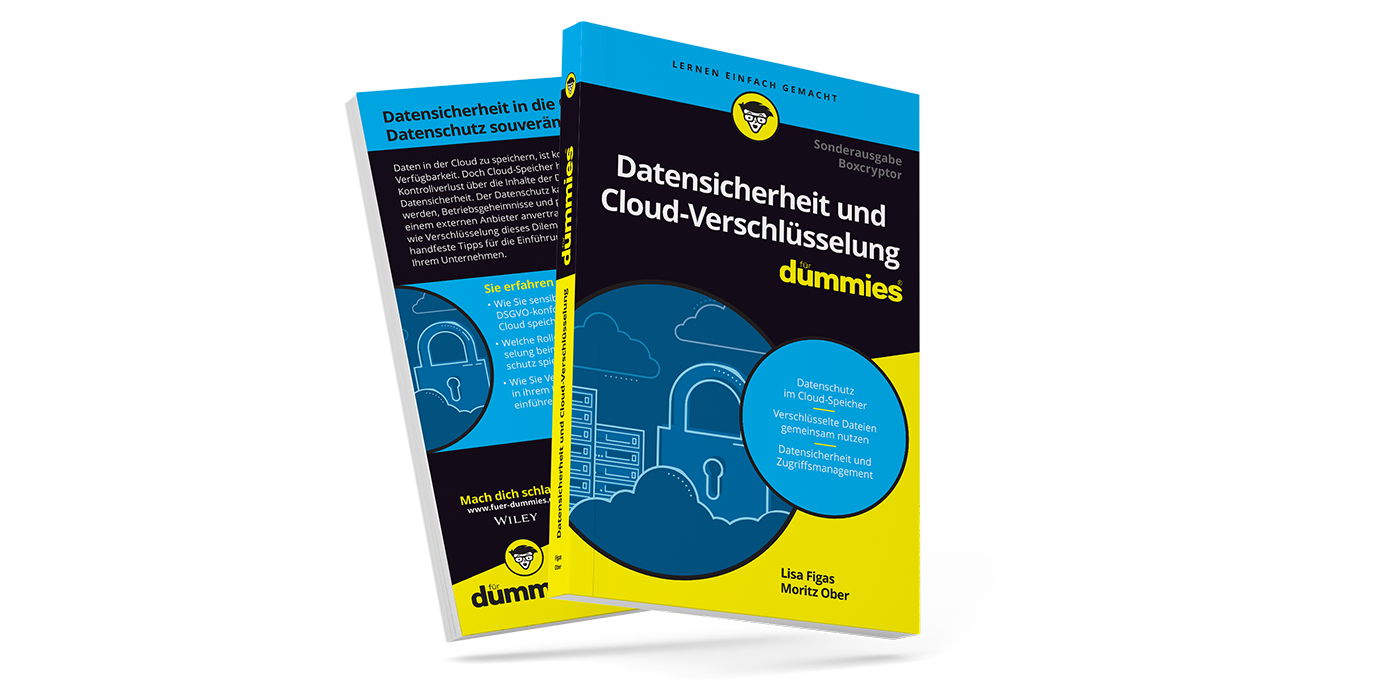Transparent Citizen Part 4: Nerve and the Dark Side of Social Media
How closely related are fiction and reality in terms of the “transparent citizen”, the total surveillance of citizens by a state? With this blog series we try to answer this question and give you different perspectives and examples of everyday cases on the subject. After the previous parts dealt with total surveillance, algorithm-based crime fighting, and corruption within agencies we now put a spotlight on peer pressure in social media, stalking, and the thrill of ignoring prohibitions. Today’s focus is on the 2016 feature Nerve.
Nerve – Is it Just a Game?
Protagonist of the movie is Vee, a young student in New York who is put under social pressure to take part in the questionable (and barely legal) game Nerve. Not unlike the classic truth or dare, this anonymously played online-game consists of challenges. After completing these, players can earn glory and money. Before starting a game, participants have to choose between two roles: “watchers” provide the dares and rewards. “Players” can choose to accept these dares, document their completion, and this way earn the provided reward.
The whole city of New York becomes an arena in the movie, with players acting like human meeples. An exit from the game is theoretically possible at any time – but unlikely, as it would mean the instant loss of any reward, or reputation, earned. As the game proceeds, the most successful players will continue to collect an increasing number of followers. Less successful players get eliminated from the action. At the same time, rewards grow equally to the increasing difficulty of the dares. As a result, not only is the number of players constantly reduced: the further remaining players get, the more dangerous their challenges become. Eventually, all boundaries of reason are erased due to the thrill and watcher’s admiration. At the end two finalists see each other confronted with a last, vastly mad dare.
Risk of Addiction
The feature’s tireless repetition of teenage clichés is, admittedly, not its defining strength. But despite the weak narrative it is still worth watching: social surveillance through watchers and the game’s addictive potential are the most interesting aspects shown in the movie. The formerly cautious and shy protagonist Vee decides to play Nerve by a spontaneous impulse. After completing some innocuous dares at the beginning, her number of followers soon grows rapidly. But as she gets closer to her personal goal – to earn money for college – the dares become more dangerous and more illegal.
Reality already outrun the movie’s reality even before its cinematic release: many critics referred to the nearly simultaneous start of the mobile game Pokémon Go. That game makes excessive use of Augmented Reality (AR) as well, and created a similar hype around itself and the innovative use of AR, just like Nerve in the movie.
However, a comparison to social media websites like Instagram or YouTube is interesting as well. And here is why:
- In the beginning, the above-mentioned social media sites are convenient platforms to create personal networks. With the numbers of followers increasing, however, monetization gains relevance. Possible results include (but are, of course, not limited to) social and economic constraints.
- These constraints may subsequently lead to a loss of control. In the game Nerve, dares become increasingly demanding. But due to the fear of social ostracism and the loss of already earned rewards, even nasty dares are accepted and completed. There are similarities to modern social networks: a constant stream of new sensations is created, only to stay in the follower’s favor. Viral “challenges” come frighteningly close to the fictious model of Nerve: crazy dares, completed in front of a camera. This becomes even more terrifying as harmless and sometimes even important messages (e.g. the ALS Ice Bucket Challenge) are misused for justification of dangerous actions. Last year, for example, the Tide Pod Challenge received special public interest: people filmed themselves while eating laundry detergents for fun – a potentially lethal action. This special challenge, which originated from a misunderstood joke, even made the laundry pod’s manufacturer release a counter campaign to make everyone aware of the risks.
- Finally, the vague conditions of Nerve bear some similarities to social networks: the game makers of the fictious games remain anonymous to the movie audience. There is also little information about how watchers and players reveal themselves to each other. Similar to this, there is often silence about concrete numbers of influencer rewards in social media. Still, some shared stories and studies provide us with at least vague insights. The lack of flagging advertisements and sponsored posts is often criticized as well. Only visitor statistics (such as “clicks”, “likes”, and “followers”) can be reviewed by the public. Finally, the public profile in most cases doesn’t represent a “protagonists” true life, neither in the movie nor in reality.
In the movie, it is the community that protects the game’s secrets. Every attempt to disclose details (e.g. to the police) is prohibited, and enforced by an anonymous mass through intimidation and punishment. The fact that the police (at least some officers) are part of the game makes reports even more difficult.
Social pressure is the ultimate power in Nerve. To escape from it seems impossible. Only the initial decision, to take part and to disclose basically everything in the game, is made deliberate and fully conscious. Once part of the vicious circle consisting of dares and rewards, the constant social striptease proves highly addictive.
Cyber-stalking, Doxing: Real Threats
While our parents were used to warn us from the “evil, unknown internet” modern security concerns are more often about incredibly powerful enterprises and intelligence activity. One question arising frequently: how can private information be protected from unwanted third-party access? But another security threat attached to this question is very often neglected: our very own contact networks.
Espionage and the misuse of confidential information get facilitated by the internet. Small pieces of information can be put together, completing a larger picture. At this point, we should remember the last part of this blog series. A profile image here, a newspaper article there, and soon the full picture becomes substantial. This doesn’t necessarily imply that every social media contact is suspicious to be a data spy. But is does imply that users should make themselves aware who of their contacts have access to sensitive information.
Just imagine yourself uploading some pictures of your last vacation into your social media profile, taking care of proper precautions. This makes the picture visible solely to members of your personal network. However, when someone else links you on his or her picture of your common vacation, you lose control over private information, including for example your location at the time the picture has been taken.
Another way of giving away personal data unintentionally, is membership in an interest group. In most networks member lists of such associations are visible either to the public, or to members only after joining the group. Especially in larger communities it is not unlikely to find your friends (or their friends) being part of the same group. Even if their profiles are not visible to the public you gained knowledge at least on one of their interests. From their connection to your common friend you may also deduce some other pieces of information, like location or peer groups. You may collect a considerable amount of intel about a person you may not even know. And of course, this works in both directions.
Reality proves that this way of data collection happens not only by accident. Efforts of targeting a single person’s private information via publicly accessible databases and networks are called doxing. In a worst-case scenario anonymous people may be identified and exposed to the public. As a result, stalking may be possible.
Vee experiences something similar in Nerve, after she tries to escape the game: due to her previous activities, her location and even her bank account information is disclosed. This leads to a relentless hunt across New York and Vee being forced to participate in the final dare.
Digital Tracking
The loss of control over personal data as described above, implies new possibilities of digital tracking. To let its dimensions grow beyond imagination, not much of malevolence is needed. Political opinions and sexual preferences are just two of the countless examples which could be used to pillory someone in the digital public.
There is another real-life example that helps to stress the issue even more strikingly than a movie possibly could: the iCloud leaks dating back into 2014 – two years before Nerve. Hackers gained access to private celebrity accounts – not by a security breach on the provider’s side, but with social engineering. For example, an attacker just pretends to have “forgotten” the owner’s passwords and answers the security questions needed for a reset with information gathered from public sites. How careless many people handle personal information can also be witnessed in this funny but frightening video. All it needs are some smart questions to trick them into revealing their passwords.
The Minimum is Enough
To sum it up, my appeal is clear: every participation in social activities online should be considered carefully. Better not disclose more information than necessary, the minimum is enough. Take care of your privacy settings even if it’s inconvenient not to. Use strong passwords or a password manager (you may find some tips here) and of course: Protect your data stored online (such as pictures or personal documents) with additional security layers. The strong end-to-end encryption offered by Boxcryptor will help you keep your data secure.



